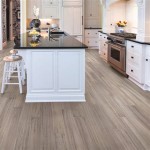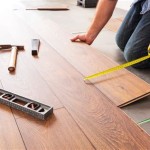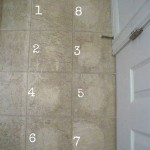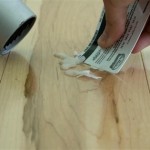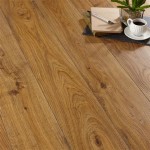Balcony Flooring Options: A Comprehensive Guide
The balcony flooring is an essential element that enhances the aesthetics and functionality of your outdoor space. With various materials and designs available, choosing the right flooring option can be overwhelming. This article will provide a comprehensive guide to the essential aspects of balcony flooring, equipping you with the knowledge to make an informed decision.
Factors to Consider
When selecting balcony flooring, consider these crucial factors:
- Climate: Extreme weather conditions can impact the durability and longevity of flooring materials.
- Usage: Determine the intended purpose of your balcony, such as lounging, dining, or gardening.
- Budget: Flooring materials vary in cost, so determine your financial constraints before making a decision.
- Maintenance: Different materials require varying levels of cleaning and maintenance, so consider your time and resources.
- Slip Resistance: To ensure safety, choose flooring materials with adequate slip resistance, especially in wet or icy conditions.
Popular Balcony Flooring Materials
Here are some widely used flooring materials for balconies:
Hardwood
Hardwood offers natural beauty and durability, but it requires regular maintenance, such as sealing and staining, to prevent damage caused by moisture and UV rays.
Composite Decking
Composite decking combines plastic and wood fibers, providing a low-maintenance option with excellent resistance to rot, moisture, and fading.
Tile
Tile flooring is versatile and available in various styles and materials, such as ceramic, porcelain, or natural stone. It offers durability and easy maintenance but can be cold and requires grouting.
Rubber Pavers
Rubber pavers provide a soft and impact-resistant surface, making them ideal for balconies with heavy foot traffic or areas where safety is a concern.
Treated Wood
Pressure-treated wood undergoes a chemical treatment to enhance its resistance to rot and insects. It offers a budget-friendly option but requires regular sealing.
Additional Considerations
Beyond the flooring material, consider these additional aspects:
- Drainage: Ensure proper drainage to prevent water from pooling and damaging the flooring.
- Slope: A slight slope helps drain water away from the balcony.
- Joist Spacing: The distance between the joists supporting the flooring should be appropriate for the material and usage requirements.
- Installation: Hiring a professional for installation is recommended to ensure a durable and safe finish.
Conclusion
Choosing the right balcony flooring involves considering the climate, usage, budget, maintenance requirements, and safety. By exploring the popular flooring materials and additional considerations outlined in this guide, you can make an informed decision that enhances the functionality and aesthetic appeal of your balcony.

A Complete Guide To Balcony Flooring Design Cafe

Balcony Flooring Options Porcelain Pavers And Interlocking Deck Tiles

A Guide To Balcony Flooring Beautiful Homes

14 Amazing Balcony Tiles Designs Amp Flooring Options For Your Home

The 5 Best Flooring Options For Your Balcony

Balcony Flooring Options Porcelain Pavers And Interlocking Deck Tiles

What Is The Best Flooring Material For Balcony

Balcony Flooring Options Porcelain Pavers And Interlocking Deck Tiles

Balcony Flooring Ideas For Your Home Design Cafe Decor Tiles

A Complete Guide To Balcony Flooring Design Cafe
Related Posts


